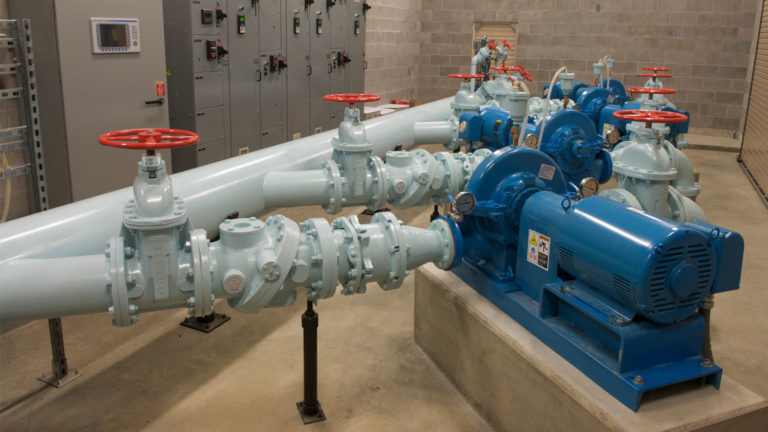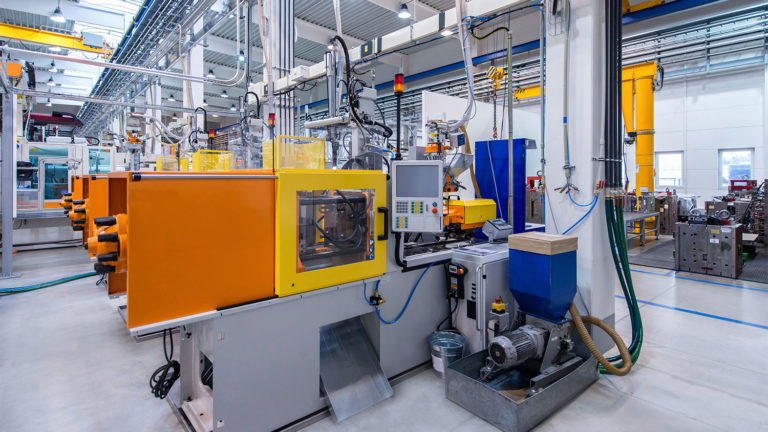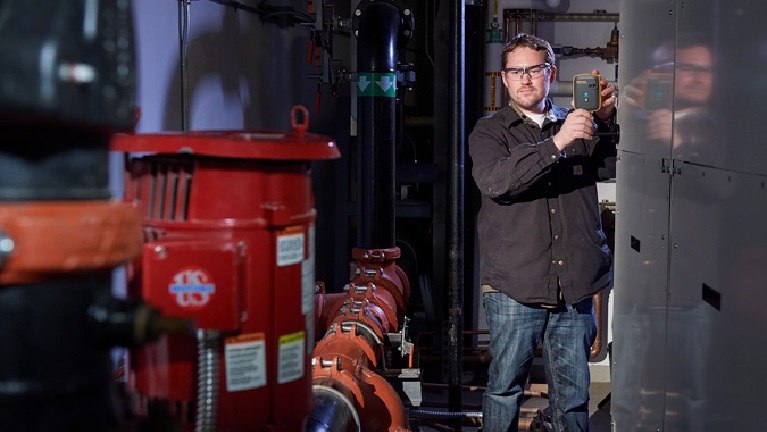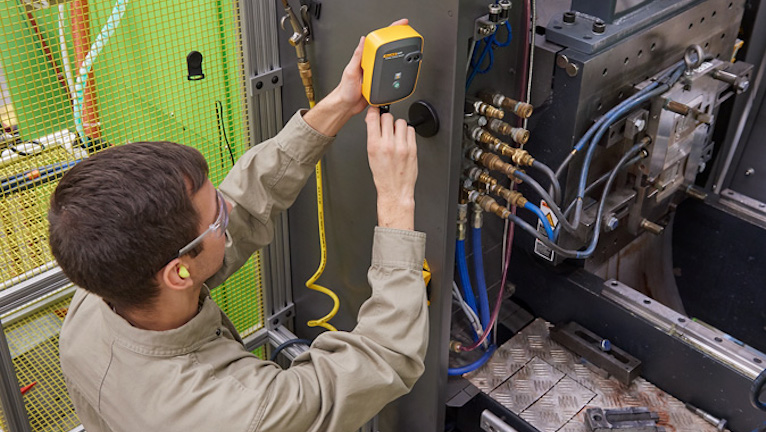Your plant is more prepared for machine learning than you realize
f your plant or facility already operates with some level of reliability maintenance, you are probably ready to apply a machine learning algorithm to the asset condition data you’re collecting.
That’s the main message delivered by Blair Fraser in his Jan. 22 Fluke Reliability webinar, “6 myths about machine learning that M&R pros must overcome.” Fraser is Chief Customer Officer of Ontario, Canada-based Quartic.ai, and is a certified reliability leader (CRL) and certified maintenance and reliability professional (CMRP). He is not, as he notes, a data scientist.
Why should you invest in machine learning? As your data volumes continue to skyrocket, machine learning will decipher and detect patterns in your data to help you achieve uptime goals.
Machine learning, as Fraser notes, is a subset of artificial intelligence, which adds more analytical capabilities and actionable outcomes to data gathering. Many M&R professionals remain skeptical about both. Perhaps they’ve watched movies with chess-playing computers and the robotic “HALs” of science fiction and determined that neither seem relevant to today’s manufacturing operations.
Fraser suggests approaching machine learning and AI from a more practical perspective. Think of machine learning as a computerized diagnosis tool and AI as the next step up from that, he says. Machine learning is primarily pattern analysis, using data from multiple sources coupled with instructions entered by humans. You can also think of it as a computer program that’s trying to answer a problem you’ve designed.
If you could ask a piece of equipment just one question, what would it be?
When in doubt, says Fraser, come back to that central query. Some people say they would like to ask their machines, “How are you feeling today?” Or, “What are you going to do for me today?” But the very best kind of question, he says, is closer to “What could I do for you today?” That gets us further into predictive thinking.
Once you decide what you want to know about your machinery, you can work backwards to what kind of analytics to put against various data sets and key indicators.
“AI is like an apprentice: You have to train it,” he says. Artificial intelligence computing is a way to augment what humans can do, an extension of our own intelligence that we train to chase down computations and mathematical realizations that would take us forever to do on our own.
The reason M&R professionals hear so much about machine learning and AI is that reliability is a perfect match for machine learning. Reliability professionals are already thinking about their machinery in problem-solving terms, they are already collecting and analyzing data, and they are very familiar with diagnostics. Machine learning just starts earlier. You’ll find it on the far left of the P-F curve in Figure 1.
But how? By using the data already at hand and applying algorithms to it. You don’t need a team of in-house experts to help you do this, Fraser insists.
Ideally, a machine learning setup would have access to operations data from SCADA and other pre-existing collections that contain historical operating-condition values such as temperature. Many of the observations the team is currently putting in your CMMS notes field can convert into condition monitoring benchmarks. Numeric reliability data gathered by hand or sensors, combined with threshold information and operational patterns, helps train the system that when X, Y, and Z data points change, it may be a sign of diagnosis ABC.
Fraser stresses that you don’t necessarily need more data to make this work. Start from that question you asked your equipment and work backwards. What do you want to know about your assets? You might just need some data integration and instruction sets for the machine learning algorithms to connect the dots.
If you aren’t already collecting the key indicator data for reliability analytics to crunch, then yes, a few sensors may help, but don’t make it a barrier to entry.
Figure 2 outlines the different asset health data sets that benefit most machine learning programs. Fraser’s advice is to start small, build experience, and expand gradually. Using the logic in Figure 2, baseline data is a great starting point. Then proceed to integrate fault, operational, and work history data.
These key questions remain:
- How do you get buy-in for a machine learning pilot?
- Where do you find a machine learning algorithm?
- How do you operate it?
Developing a business case is the best way to determine whether machine learning is a good fit for your plant. Some of the logic is the same you used to implement a reliability program.
According to Fraser, machine learning can have a measurable impact on your throughput, quality, energy consumption, equipment performance, and workforce efficiency.
Machine learning insights can enable earlier asset health interventions than would ordinarily be possible with existing P-F Curve inspection and diagnostics. If your plant has or is developing uptime metrics, machine learning could be a good fit. Fraser includes other qualifications in his presentation.
As far as finding and operating a machine learning algorithm, you’ll most likely want to enlist the support of a consultant to find the right tool. Fraser stresses you do not have to be a data scientist to make use of machine learning, but you do want to take advantage of the work that data scientists have already done.
Fraser’s Quartic.ai colleague, Xiaozhou Wang, the company’s Chief Scientist, notes, “AI can be used to solve a lot of problems nowadays, but you are going to need domain expertise to find, define, and design the problems.”
The best outcomes involve experienced M&R professionals using machine learning tools to improve their reliability practices.
For more advice on machine learning, listen to the entire webinar from Blair Fraser. For information on data integration, visit Fluke Connected Reliability.






